Parrot Care Essentials: From Toys to Training Tricks
Hey, bird enthusiasts! Joshua Van here, founder and senior editor at Healthy Pet Hub I’ve been knee-deep in the world of parrot ownership for what feels like forever, ever since I rescued my first feisty conure back in college. Parrot care essentials go way beyond just filling a food dish; it’s about crafting a life full of adventure, smarts, and those heart-melting moments that make you forget the occasional shredded curtain. Drawing from my own trio of rescue parrots who’ve turned my home into a nonstop aviary party, plus chats with vets and fellow owners, I’m laying out the real-deal tips on everything from killer parrot toys to parrot training hacks that’ll have your feathered pal strutting like a pro. Let’s jump in and make your bird’s world a happier place.
Key Takeaways for Fellow Parrot Wranglers
First the quick and dirty on keeping your parrot healthy:
- Nutrition: feed them a good mix of 60% high quality pellets and 40% fresh vegetables. Don’t let your parrot live on seeds, which can lead to various health issues. Think of seeds as treats.
- Rotate Toys: Change out parrot toys at least every week or two. This helps avoid boredom and plucking.
- Training Basics: Quick 5-minute sessions with positive rewards like seeds can teach tricks from step-up to simple words.
- Health Watch: Yearly vet trips, clean digs, and watching for sneezes or weight changes keep issues like respiratory problems in check.
- Routine Vibes: Plenty of sleep, playtime out of the cage, and daily interactions for a stress-free, joyful bird.
These come straight from my own trial-and-error adventures trust me, they’ve saved my sanity more than once.
Crafting a Cozy Home Base for Your Feathered Friend
Think about it: you wouldn’t do well in a small, uninteresting box, and neither will your parrot. These little guys are super intelligent (comparable to a preschool child), so they need a stimulating environment that will also keep them comfortable. Your cage should be spacious (at least 24″x24″x36″ for small birds like budgies, and bigger still for larger species like cockatoos), and placed in a location with moderate, indirect light, out of the way of kitchen fumes and cold drafts. I once had my African Grey in a cage by a sunny window which got too warm for him: bad idea – he went through a cranky molt as a result.

Making the Cage Feel Like a Nest
Go for a mix of perches: natural branches (scrubbed and baked to kill bugs) alongside softer rope ones to keep feet healthy and dodge issues like bumblefoot. Add a bird bath dish for those splashy fun times watching my Quaker dunk and shake is better than TV. Hygiene’s huge: Quick daily wipes and a full scrub weekly with pet-safe cleaners. One reader shared how switching to this routine fixed their bird’s funky feathers overnight. Oh, and elevate the cage to eye level it makes your parrot feel included, cutting down on territorial bites. My conure went from nippy to cuddly with that simple change.
Toys: Keeping Your Parrot’s Mind Sharp and Spirits High
If your parrot starts eyeing your sneakers as a chew project, it’s screaming for stimulation. Parrot toys are lifesavers, mimicking wild foraging and preventing the blues that lead to bad habits. As of 2025, the picks are leaning toward eco-friendly, durable stuff that’s vet-vetted for safety.
Standout Parrot Toys for 2025 That My Flock Loves
- Chew Heaven: Sun Grow Bird Chew Toy ($10-15) with foraging blocks perfect for medium birds, keeps beaks trim and minds busy.
- Puzzle Play: Super Bird Creations’ toys, like their shredders ($8), made from safe woods my cockatiel can’t get enough.
- Interactive Wins: JW Pet Activitoy Hall of Mirrors ($5-10) for small to medium parrots mirrors and bells that spark curiosity without overwhelming.
Freshen up the selection every 10 days or so stagnant toys equal stressed birds. Always check for safe materials; no frayed ropes or toxic paints. The ASPCA’s guidelines are gold for this. From what I’ve seen, regular toy play can drop stress levels big time, leading to quieter homes and fluffier feathers.
Training Tricks: Building That Unbreakable Bond
Parrot training isn’t about turning your bird into a circus act it’s about trust and fun that strengthens your connection. These intelligent critters pick up on vibes quick, so positive reinforcement is key. Skip the punishment; it backfires every time.
Getting Started with Parrot Training
Kick off with target training: Use a stick or your finger, lure with a favorite seed, and say “touch!” Reward instantly. It’s the building block for everything else, and my birds got it down in days.
Beginner Moves to Try
- Step-Up Command: Offer your hand at chest height, cue “up,” and treat when they hop on. Super useful for handling my lovebird mastered it amid some hilarious fails.
- Wave Gesture: Build on step-up by lifting a finger and saying “wave!” Pair with a nut reward. Short and sweet sessions keep it enjoyable.
Fun Advanced Stuff
For talkers, repeat easy phrases like “hello” during calm moments consistency wins, no yelling back at squawks. Or try spins and fetch with a small ball. Keep it to 5 minutes max; longer, and focus fades. A vet buddy swears this approach halves aggression issues, and yeah, my flock’s proof.
Staying on Top of Your Parrot’s Health
Nothing beats seeing your parrot vibrant and active, but healthy parrot status takes vigilance. With stuff like vitamin deficiencies still common in 2025, prevention’s your best friend.
Diet Do’s for a Thriving Bird
Seed-only? Big no it’s like living on chips. Go for 60% pellets (like Harrison’s or Zupreem), 30-40% veggies (kale, carrots, broccoli for that vitamin A boost), and minimal fruits/nuts as treats. Sprout seeds for extra nutrition, and transition slow to avoid upsets. My birds fussed at first but now chow down happily.
Heading Off Common Troubles
- Breathing Issues: Watch for sneezing or tail-bobbing often from poor diet or drafts. Boost humidity and clean air help.
- Weight Woes: Weekly checks; extra playtime curbs obesity. Exercise outside the cage is crucial.
- Infections Like Psittacosis: Quarantine new birds and keep things spotless CDC says it’s key.
Annual checkups catch things early; I’ve volunteered at rescues where routine tests turned lives around.
Final Thoughts: Your Parrot Adventure Awaits
Wrapping this up, parrot care essentials are all about balance from parrot toys that entertain to parrot training that connects. It’s messy sometimes (hello, poop flings), but the joy? Unmatched. What’s your favorite bird quirk? Hit the comments let’s chat!
Joshua Van founded Healthy Pet Hub over a decade ago, fueled by rescue parrots and vet insights. Off-duty, he’s trail-walking with his winged sidekicks.
Frequently Asked Questions
Q: How frequently should I change my parrot’s toys?
A: Every 1-2 weeks to maintain interest and avoid stress-related issues.
Q: What’s a simple starting point for parrot training?
A: Target training with treats keep it fun and brief.
Q: Is chocolate safe for parrots?
A: Absolutely not toxic! Stick to bird-safe snacks.
Q: Signs my parrot’s diet needs tweaking?
A: Dull feathers or low energy; consult a vet for personalized advice.
Q: Biggest newbie mistake in parrot care?
A: Neglecting social time parrots are flock animals at heart.
References
- Chewy. (2025). 10 Best Parrot Toys & Perches 2025. chewy.com.
- Pet Circle. (2025, Oct 9). Best Toys for Small Parrots 2025. petcircle.com.au.
- Best Friends Animal Society. (n.d.). The Best Parrot Diet. bestfriends.org.
- Ask A Vet. (2025, Jul 15). Vet Nutrition 2025: The Best Diets for Healthy Parrots. askavet.com.
- Bird Tricks. (n.d.). Parrot Training. birdtricksstore.com.
- my Bird. (n.d.). Common Health Issues in Pet Birds. myrightbird.com.
- CDC. (2025, Sep 18). About Psittacosis. cdc.gov.
- PDS Parrot Shop. (2025, May 21). Parrot Care 101. pdsparrotshop.com.



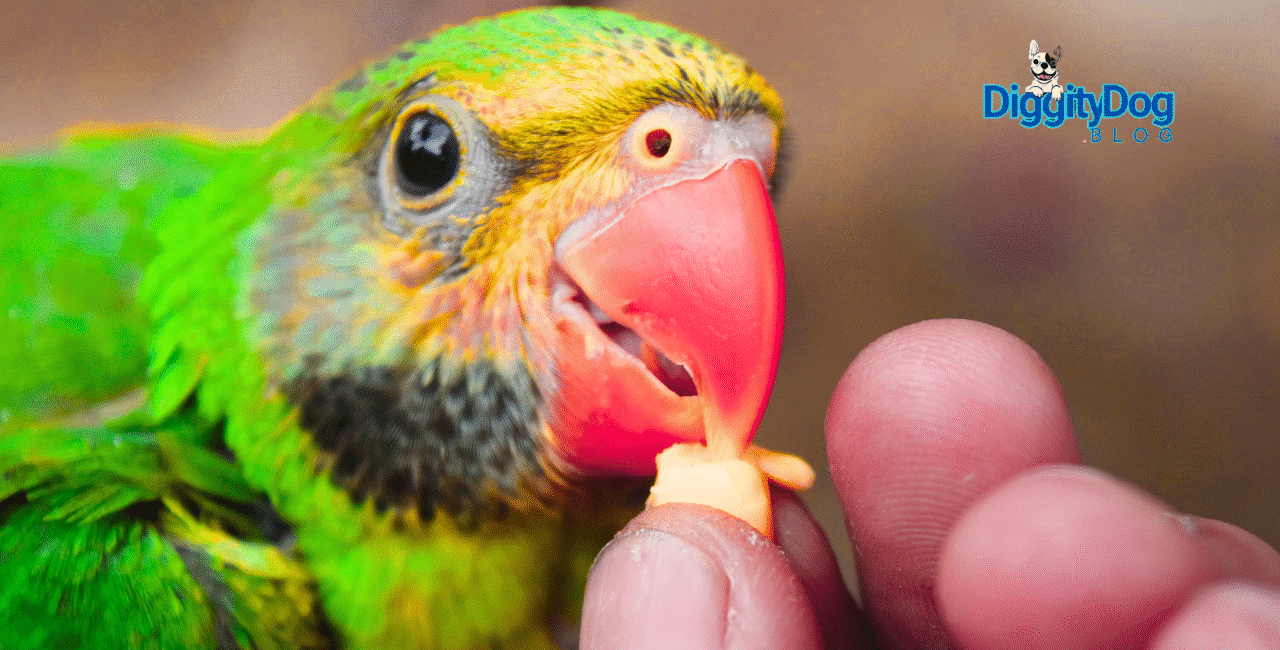
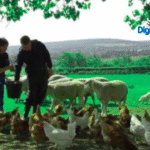
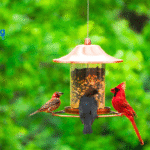
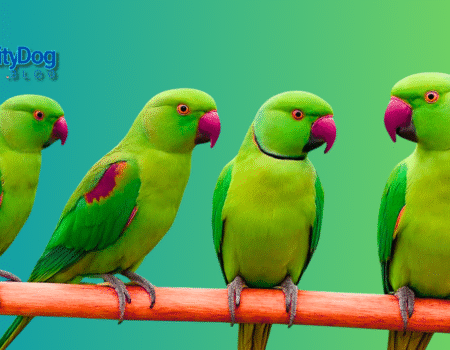
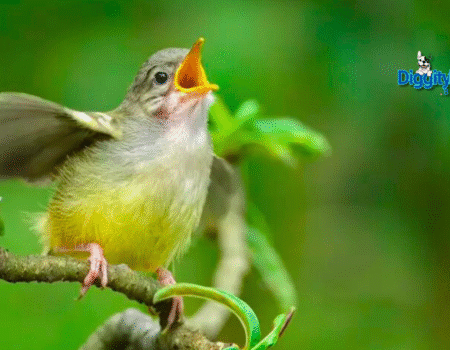
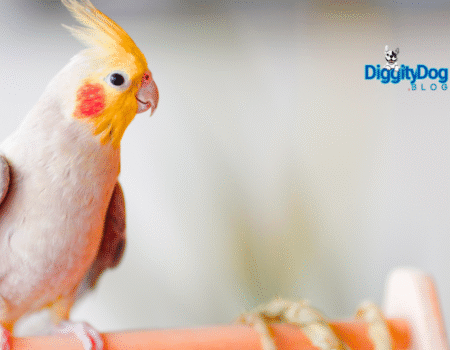
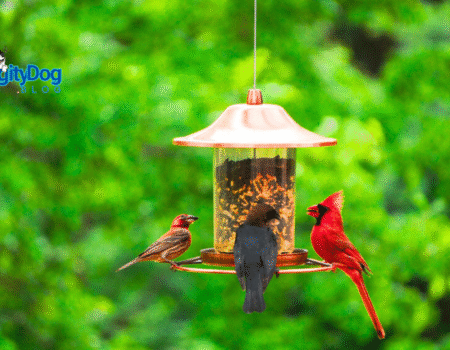
No Comment! Be the first one.